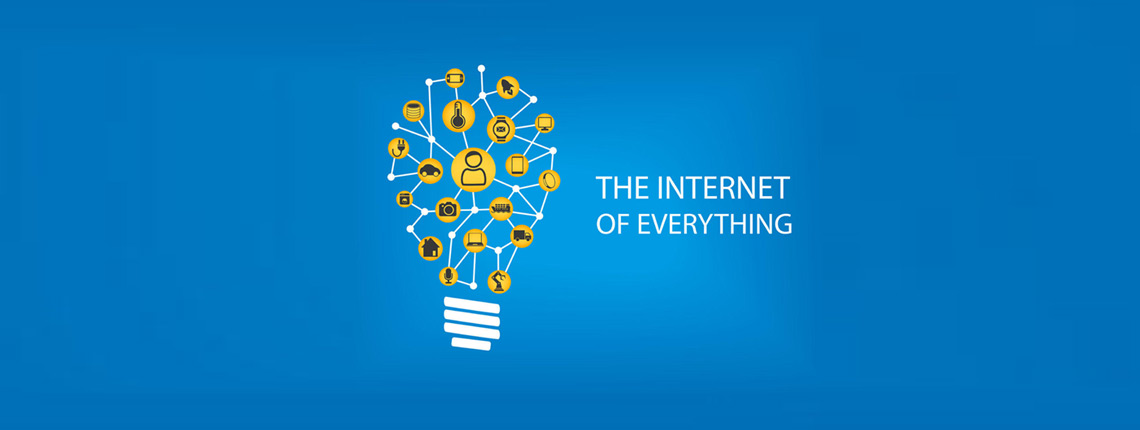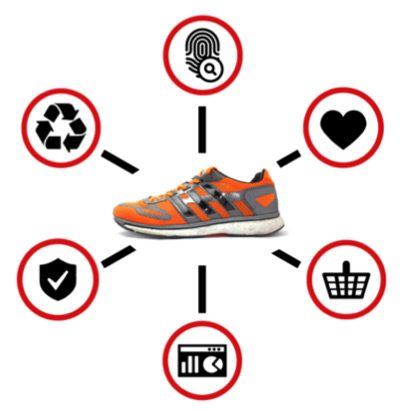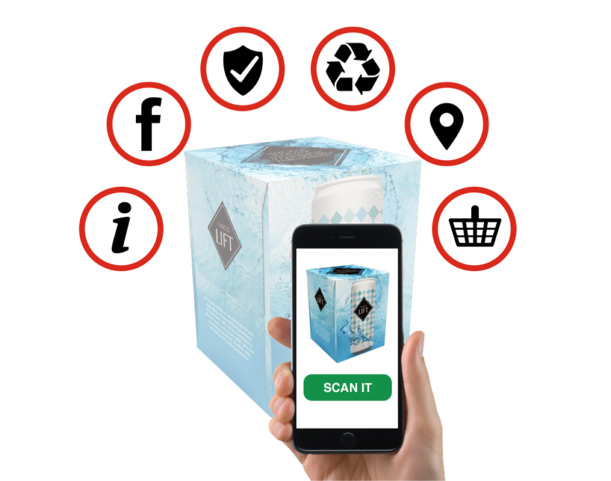

The impact of LED on the lighting industry is huge. Now we’re looking forward to the next big revolution, which is almost certainly, Connected Lighting. IoT, the ‘internet of things’, particularly with regards to retail lighting design.
Way finding for staff,
Energy management,
Stock control,
Location tracking of customers,
Asset management
Direct marketing.
Content will drive interaction and sales. Information is power.
full operational intelligence.Understanding where their products are, who’s got them and what they’re doing with them.
To make this possible every product needs to be connect to the web – the internet of things – every product, from a tin of soup to a cabbage. Products need a digital identity, to be ‘born digital’ making them more intelligent, more interactive, more valuable to customers and brands; so providing real time data, product information, age, place of origin, present location, condition, amount of use, two way, real time, feed back.
To be born digital, products (or their packaging), need an identity, a digital fingerprint at the point of manufacture, so they can trigger and drive digital applications and have the ability to share data with authorised applications and services. You also need a network of sensors to pick up and communicate with these products, and that’s where the lighting comes in. So, lighting brings the infrastructure, an existing, high density, fully powered network in our stores, businesses, and homes. Perfect for reading, connecting to, and communicating with products.

So, products communicate wirelessly with a network of sensors, ideally one sensor per light fitting. A cloud gateway is required, typically for every 100 sensors, the cloud gateway transmits this realtime data to a software brain in the cloud and feeds through to a user interface, typically a dashboard based app.

Clearly connected lighting comes at a cost, but incorporating sensors into light fittings, creating ‘smart lights’ offer additional advantages. Light fittings with intelligence that can switch off when no ones around, dim down when daylight is prevalent. This has the potential for huge energy savings, which helps to reduce, or at least justify the cost of investing in connected lighting. This all sounds great, but of course there is reason to be cautious.
After cost a huge concern is security. All of these extra connections to the internet present potential weaknesses, additional access points vulnerable to attack and nothing connected to the web is 100% secure. Important steps need to be taken to manage this risk. IoT is still in its infancy, so there is no standard and those that exist are still evolving, producing a fear of adoption. Will manufactures and providers support the software? For how long?
Of course to start, all products need to be born digital. We are starting to see this happen, but many more manufactures need to get on board and ensure their products have this capability.
The dilemma presented to retailers is the massive lamp life offered by LED’s. If they’re refurbishing stores now, then perhaps there’s a 7 – 15 year wait before the next time they’re refurbished. So if connected lighting isn’t implemented now, it’s a long wait before the next chance.
Perhaps most importantly, to be successful consumers need to engage, they need to download and use the apps while shopping, this seems to be the real challenge. Perhaps retailers could invent games to assist the shopping experience, or offer money off vouchers. Customers could see a share of profit, in the form of discounted goods, from the money retailers will make from our data, because there is money to be made, where we shop, how we shop, how often we shop, how long we dwell in particular areas or isles is valuable data. Data is the new oil.